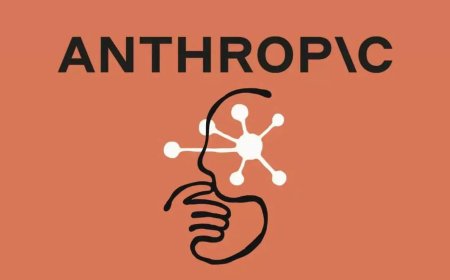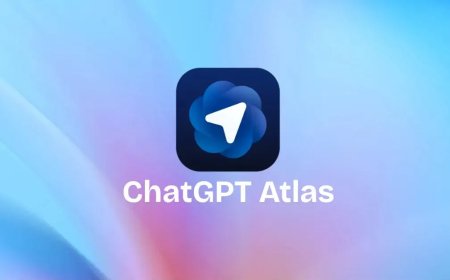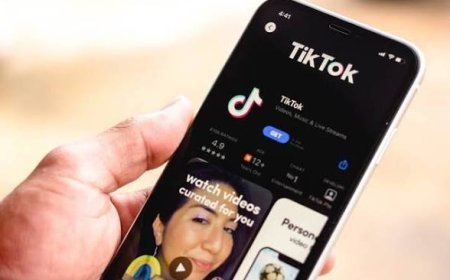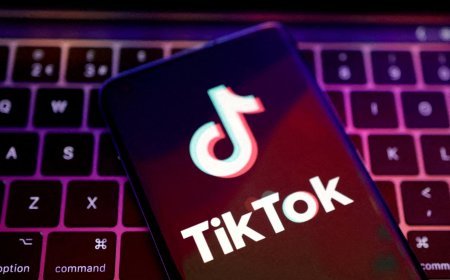New TikTok Rules: What Creators and Commenters Need to Know!


On Thursday, TikTok unveiled a significant update to its Community Guidelines, aimed at enhancing clarity and accessibility for users navigating the platform's rules. Sandeep Grover, TikTok's global head of trust and safety, detailed these changes in a blog post, emphasizing the company's commitment to fostering a safer online environment. The new guidelines will officially take effect on September 13.
The revised Community Guidelines will feature a concise summary at the beginning of each policy, a move designed to streamline user understanding. However, the overhaul extends beyond mere formatting. The platform is implementing new regulations specifically targeting misinformation, consolidating existing rules regarding gambling, alcohol, tobacco, drugs, firearms, and other weapons into a unified policy. Additionally, TikTok is refining its bullying policy and making several other adjustments to enhance user safety.
Users can compare the current Community Guidelines with the upcoming updates by visiting the respective pages. The new guidelines will encompass broader categories such as Safety and Civility, Mental and Behavioral Health, Sensitive and Mature Themes, Integrity and Authenticity, Regulated Goods and Services, and Privacy and Security. This new structure provides a clearer framework for users, as opposed to the previous layout, which primarily focused on Content Moderation.
In a notable shift, the Content Moderation section has been reworded to reflect TikTok's aspirations for its platform. Previously, the section noted, "Keeping our platform safe, trustworthy, and vibrant requires balancing creative expression and preventing harm." The revised statement now emphasizes, "We want TikTok to be a safe, fun, and creative place for everyone," officially omitting the term "trustworthy" from the guidelines—an alteration that may signal a focus on user experience over stringent oversight.
The Misinformation section, now integrated into the Integrity and Authenticity category, underwent some language adjustments. For instance, the prior guidelines aimed to prevent the spread of unverified information during emergencies, whereas the new wording broadens this restriction to include "crises and major civic events," thereby reinforcing the platform's commitment to combating misinformation.
In a further expansion of the guidelines, TikTok has revised its Accounts and Features section. This area covers various functionalities such as TikTok LIVE, search capabilities, external links, comments, direct messaging, and monetization. Users can juxtapose the existing Accounts and Features guidelines with the forthcoming updates to understand the changes better. Notably, the new guidelines will explicitly outline what constitutes a violation of TikTok's policies, offering users clearer expectations of acceptable behavior on the platform.
One of the key updates pertains to TikTok LIVE sessions. The revised guidelines assert that creators are now responsible for every aspect of their live broadcasts, including any third-party tools utilized, such as voice-to-text features. If a harmful comment is read aloud due to the voice-to-text functionality, the creator will be held accountable for enabling that tool.
Furthermore, TikTok has specified that LIVE sessions will be ineligible for inclusion in the For You Feed if they feature "low-quality content," such as a blank screen, or if they present "potentially distressing material that may cause anxiety or fear." This clarification seeks to uphold the content quality standards expected by the community.
The comments section has also seen enhancements, with TikTok indicating that comments that fail to contribute meaningfully to conversations—such as those laden with profanity or offensive remarks—may be relegated to lower visibility. This adjustment aims to cultivate a more engaging and respectful dialogue among users.
Grover highlighted that these changes are the result of extensive discussions with creators, experts, and organizations, including TikTok’s regional Advisory Councils. The platform has committed to ongoing investments in both human and AI moderation to ensure effective implementation of the updated guidelines. Grover underscored that TikTok's dedication to leveraging modern technologies, including AI, will play a crucial role in upholding its policies and promoting a safe environment.
The timing of these Community Guidelines revisions follows TikTok's recent introductions of fact-checking features, known as Community Notes, and enhanced parental controls last month. These updates collectively reflect the platform's ongoing efforts to promote responsible usage among its user base while addressing the pressing challenges of misinformation and harmful content.
As TikTok continues to navigate the complexities of content moderation in an increasingly digital world, these updates signal a proactive approach to user engagement, safety, and community well-being. With more transparent guidelines and expanded rules, the platform aims to create an inviting space where creativity thrives while minimizing the risks associated with online interactions.
What's Your Reaction?
 Like
0
Like
0
 Dislike
0
Dislike
0
 Love
0
Love
0
 Funny
0
Funny
0
 Angry
0
Angry
0
 Sad
0
Sad
0
 Wow
0
Wow
0































